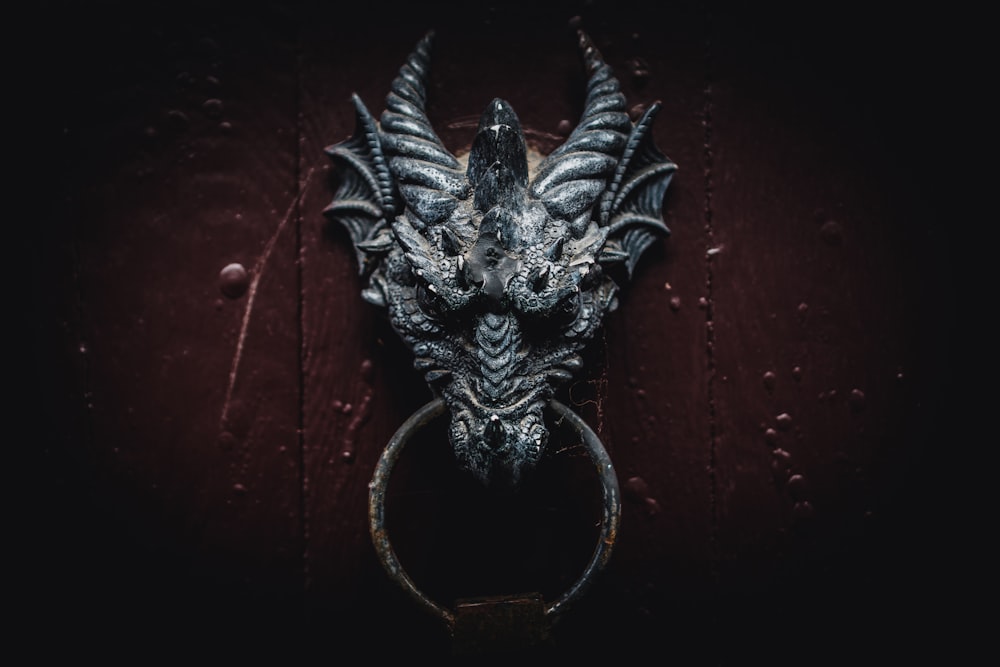Unraveling the Mysteries: Examining Evidence for the Existence of Dragons

I. Introduction
A. The Mythical Allure of Dragons
Dragons have fascinated cultures worldwide, depicted as majestic or fearsome creatures. While often dismissed as mythical, numerous accounts and cultural representations hint at their potential existence. This blog will scrutinize historical, folkloric, and even scientific evidence that may shed light on the existence of dragons.
II. Historical Accounts
A. Ancient Texts and Scripts
1. Mention of Dragons in Ancient Chinese Texts
Ancient Chinese texts, including the "Classic of Mountains and Seas," describe dragon-like creatures as part of their cosmology. Could these descriptions be inspired by real encounters?
2. Dragon Symbolism in Mesopotamian Cultures
In Mesopotamian cultures, dragons were depicted in art and written descriptions. Analyzing these depictions may offer insights into whether they were based on actual observations or purely mythical.
B. European Folklore
1. Legends of Dragons in Medieval European Tales
Explore medieval European tales like Beowulf and the Arthurian legends, which often feature dragons. Examine the origins of these stories and the possibility of real events inspiring them.
2. Heraldic Representations of Dragons
Dragons frequently appear in heraldry. Investigate the symbolic significance and whether heraldic depictions were inspired by encounters with real creatures.
III. Cultural Representations
A. Asian Cultures
1. Chinese New Year Traditions
Delve into the significance of dragons in Chinese New Year celebrations. Could these traditions have roots in ancient encounters?
2. Japanese and Korean Folklore
Examine dragons in Japanese and Korean folklore, considering whether these mythical creatures were inspired by shared experiences.
B. European Culture
1. Dragons in Art and Literature
Analyze how dragons are portrayed in European art and literature throughout the ages. Explore the evolution of these depictions.
2. Dragons as Symbols in Western Heraldry
Investigate the symbolic meaning of dragons in Western heraldry. Did these symbols arise purely from imagination, or do they have historical roots?
IV. Fossil Record and Paleontology
A. Dragon Bones or Dinosaur Discoveries?
1. Historical Misinterpretations
Examine cases where historical discoveries, thought to be dragon bones, turned out to be something else. What does this reveal about the intersection of myth and science?
2. Differentiating Between Myth and Scientific Fact
Explore the challenges of differentiating between mythical creatures and actual prehistoric animals through the lens of paleontology.
V. Cryptozoology and Modern Sightings
A. Reported Sightings
1. Contemporary Accounts of Dragon Sightings
Investigate recent sightings of dragon-like creatures. Analyze eyewitness testimonies and evaluate the credibility of these accounts.
2. Exploration of Eyewitness Testimonies
Examine the consistency of eyewitness testimonies. Can patterns in these accounts provide more substantial evidence?
B. Cryptozoological Expeditions
1. Expeditions in Search of Living Dragons
Explore cryptozoological expeditions aimed at discovering living dragons. What methodologies do these expeditions employ, and what evidence have they uncovered?
2. Scientific Credibility of Cryptozoology
Assess the scientific credibility of cryptozoology as a field. To what extent can it contribute to our understanding of mythical creatures?
VI. Symbolism and Allegorical Interpretations
A. Dragons as Symbols
1. Symbolism in Religious Texts
Analyze how dragons are symbolized in religious texts. Explore the deeper meanings and whether these symbols might have a basis in reality.
2. Allegorical Interpretations in Literature and Mythology
Examine the allegorical interpretations of dragons in literature and mythology. How have these interpretations shaped our perception of dragons?
VII. Cultural Evolution of Dragon Imagery
A. Shapeshifting and Symbolic Transformation
1. Evolution of Dragon Characteristics
Trace the evolution of dragon characteristics in different cultures. How have these creatures transformed over time?
2. Influence of Popular Media on Dragon Depictions
Investigate how popular media has influenced modern perceptions of dragons. To what extent has fiction blurred the lines between myth and reality?
VIII. Scientific Critique and Skepticism
A. Lack of Physical Evidence
1. Skeptical Perspectives on the Absence of Conclusive Evidence
Explore skeptical viewpoints regarding the absence of physical evidence. What do skeptics argue, and how do their perspectives align with scientific rigor?
2. Scientific Explanations for Mythical Creature Beliefs
Consider scientific explanations for why societies might collectively believe in mythical creatures. How do cognitive biases and cultural influences contribute to these beliefs?
IX. Conclusion
A. Summarizing the Evidence
Summarize the findings from each section, weighing the strengths and weaknesses of the evidence presented.
B. Acknowledging the Mystique: Dragons as Symbolic Entities
Conclude by acknowledging that while the existence of dragons remains unproven, their enduring presence in human culture reveals the profound impact of these mythical creatures on our collective imagination.



































